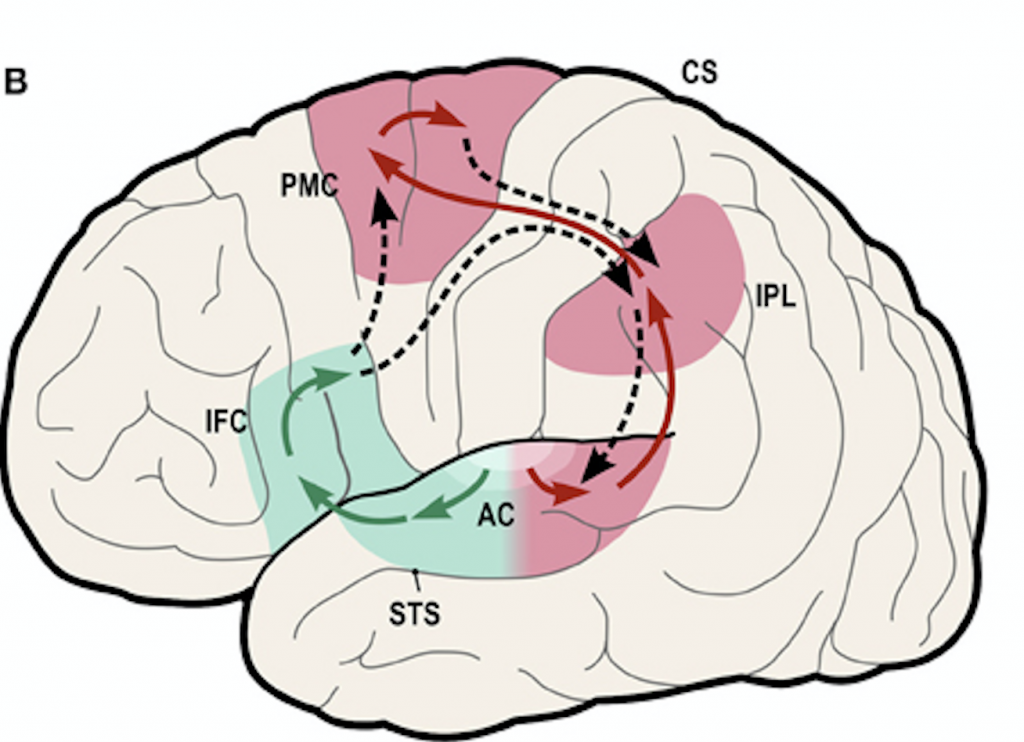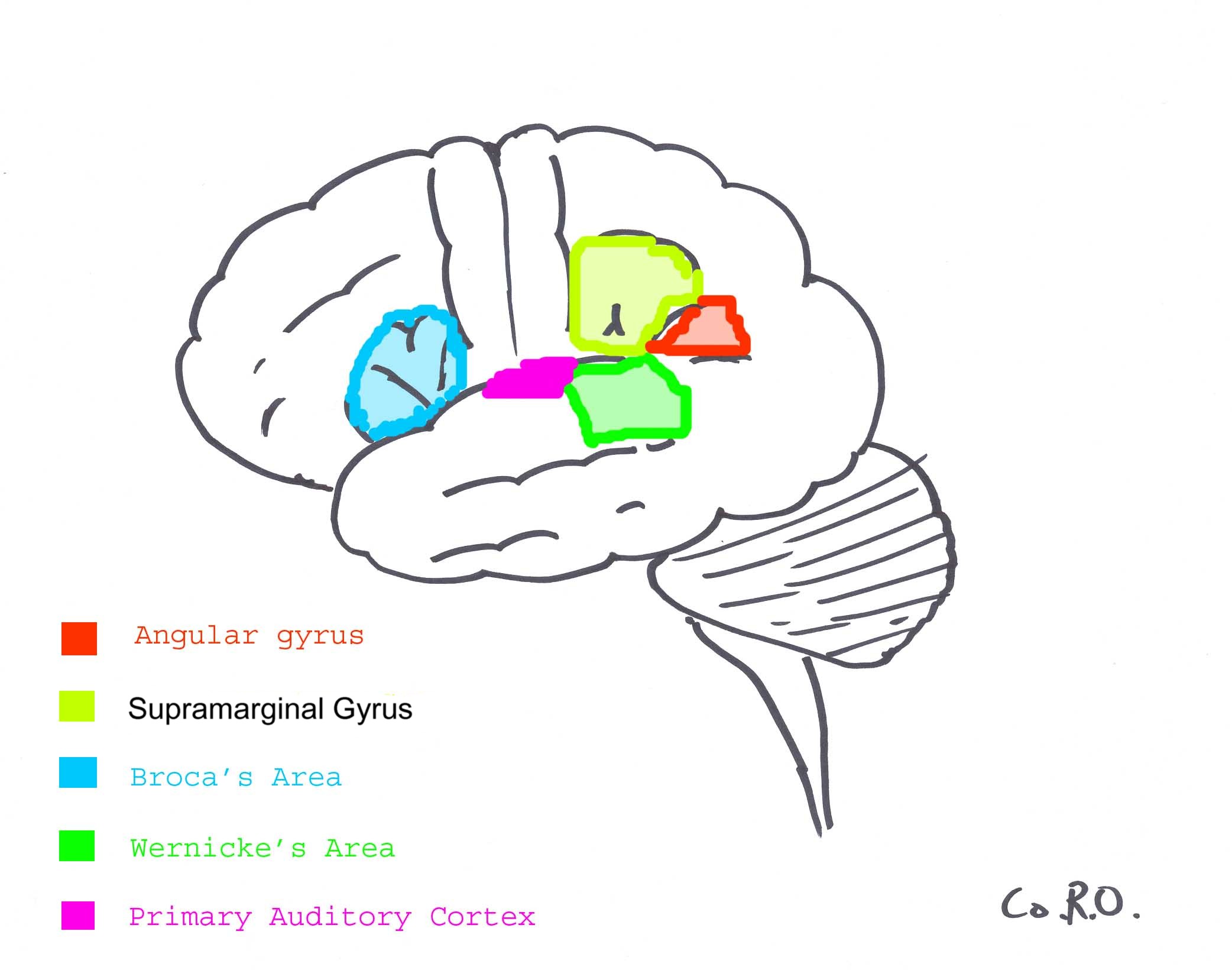

The funders had no role in study design, data collection and analysis, decision to publish, or preparation of the manuscript.Ĭompeting interests: DLW is affiliated with Neurobehavioral Systems, the developers of Presentation software used to create this experiment. This is an open-access article distributed under the terms of the Creative Commons Public Domain declaration which stipulates that, once placed in the public domain, this work may be freely reproduced, distributed, transmitted, modified, built upon, or otherwise used by anyone for any lawful purpose.įunding: Supported by grants from the VA Research Service and DC-5814 to DLW. Received: SeptemAccepted: JanuPublished: April 13, 2009 PLoS ONE 4(4):Įditor: Antonio Verdejo García, University of Granada, Spain (2009) Functional Maps of Human Auditory Cortex: Effects of Acoustic Features and Attention.

Unlike the gradual adaptation seen for sensory responses, ARMs increased in amplitude throughout stimulus blocks.Ĭitation: Woods DL, Stecker GC, Rinne T, Herron TJ, Cate AD, Yund EW, et al. ARMs lacked tonotopic organization, were unaffected by acoustic parameters, and had distributions that were distinct from those of sensory responses. Attention-related modulations (ARMs) were larger in lateral than medial regions of auditory cortex and appeared to arise primarily in belt and parabelt auditory fields. Sensory responses in both medial and lateral auditory cortex decreased in magnitude throughout stimulus blocks. Lateral regions of auditory cortex showed small sensory responses that were larger in the right than left hemisphere, lacked tonotopic organization, and were uninfluenced by acoustic parameters. Activations to monaural tones were enhanced over the hemisphere contralateral to stimulation, where they produced activations similar to those produced by binaural sounds. Spatial distribution analysis suggested that changes in tone intensity shifted activation within isofrequency bands. Sensory responses in medial regions had symmetrical distributions with respect to the left and right hemispheres, were enlarged for tones of increased intensity, and were enhanced when sparse image acquisition reduced scanner acoustic noise. Medial auditory cortex surrounding Heschl's gyrus showed large sensory (unattended) activations with two mirror-symmetric tonotopic fields similar to those observed in non-human primates. We used functional magnetic resonance imaging (fMRI) and population-based cortical surface analysis to characterize the tonotopic organization of human auditory cortex and analyze the influence of tone intensity, ear of delivery, scanner background noise, and intermodal selective attention on auditory cortex activations.


 0 kommentar(er)
0 kommentar(er)
